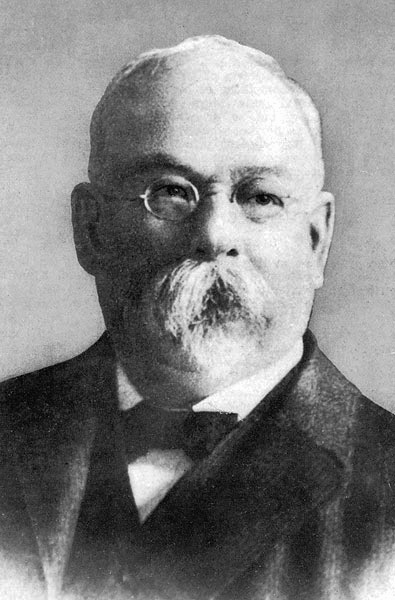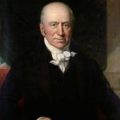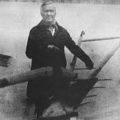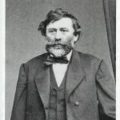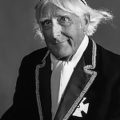Henry Perrine
A Cure for Malaria
Today, in 1840, the world lost an excellent physician and botanist by the name of Henry Perrine.
As a botanist, Perrine was first recognized for his work with quinine as a cure for malaria.
Perrine also served as a US Ambassador to the Yucatán. As a result of his position, Perrine was able to bring many tropical plants from Mexico and the Caribbean to the United States.
In 1838, the United States Congress gave Perrine a land grant, which he used to establish a place to grow plants in the Florida Keys.
At the time, Florida was a territory. Perrine believed that the Florida Keys and South Florida offered the perfect climate for creating what he hoped would be one of the magnificent botanical gardens of the world.
Perrine's vision was to turn the wasteland into a tropical paradise.
Perrine shared his hopes when he wrote to Congress, saying:
“This land will grow every tropic a growth in abundance… With settlers on 5-acre parcels, growing such plants - this South Florida area [can] support more population than any... area in the entire south end [as well as] the happiest living conditions…"
On Christmas day and 1838, Dr. Perrine and his wife and their children moved to Indian Key.
Perrine was in love with his new surroundings. Unlike many South Florida settlers, Perrine believed that he could live in peace, side-by-side with the local American Indians.
Perrine's work was showing promise until this day in 1840.
Perrine ’s neighbor was a radical named Jacob Hausman. Hausman had gathered a small militia and had offered Congress a deal; he would kill every American Indian in South Florida, and they would pay him $200 per body. Congress never got Hausman's letter, but the Seminole Indians in Florida had learned of Hausman’s plan.
It's no wonder, then, that on this day in 1840, they attacked Indian key. But, their chief target, Hausman, had escaped the attack by slipping away in a boat.
Dr. Perrine could hear the attack happening outside his house. He quickly tucked his wife and children into a turtle crawl beneath their home, and he slid a chest of his Mexican seeds over the trap door to conceal it.
When the opportunity presented itself, Dr. Perrine spoke to the Indians in Spanish, identifying himself as a friend and a doctor. The Indians left... but they returned that evening. They chased Perrine to the cupola of his house, where they killed him. Then they set the house on fire.
Perrine's wife and children survived the entire ordeal in the turtle crawl, making their way through a narrow tunnel to the sea alongside the turtles.
The following day a naval vessel rescued Hester Perrine and her children.
Today, Perrine and his legacy live on in the botanicals he brought to Florida: the avocado, the key lime, the mango, and many agaves.
This post was featured onThe Daily Gardener podcast:
helping gardeners find their roots,
one story at a time
